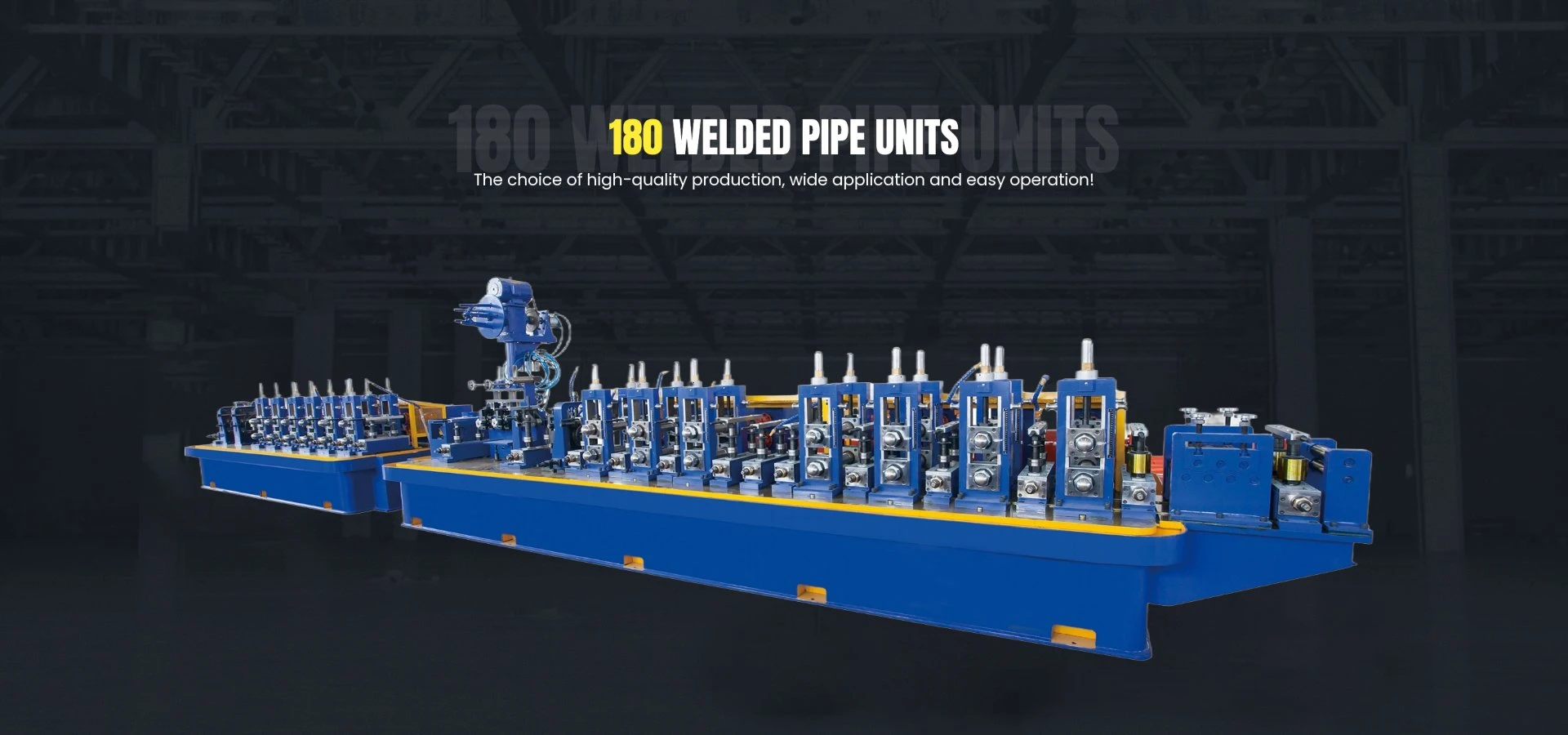The manufacturing and installation of steel pipes for gas lines are governed by rigorous standards set by organizations such as the American Society for Testing and Materials (ASTM) and the American National Standards Institute (ANSI). The pipes are categorized by their specifications, including wall thickness, diameter, and material grade. Common standards, such as ASTM A53 and ASTM A106, outline the requirements for carbon steel pipes used in gas applications. Compliance with these standards ensures that the pipes can withstand the operational pressures and conditions they will face in the field.

3. Reduced Labor Costs By utilizing automated pipe cutting machines, companies can minimize labor costs associated with manual cutting processes. These machines require fewer operators and can handle large volumes of work, allowing skilled labor to be deployed more effectively on other critical tasks.